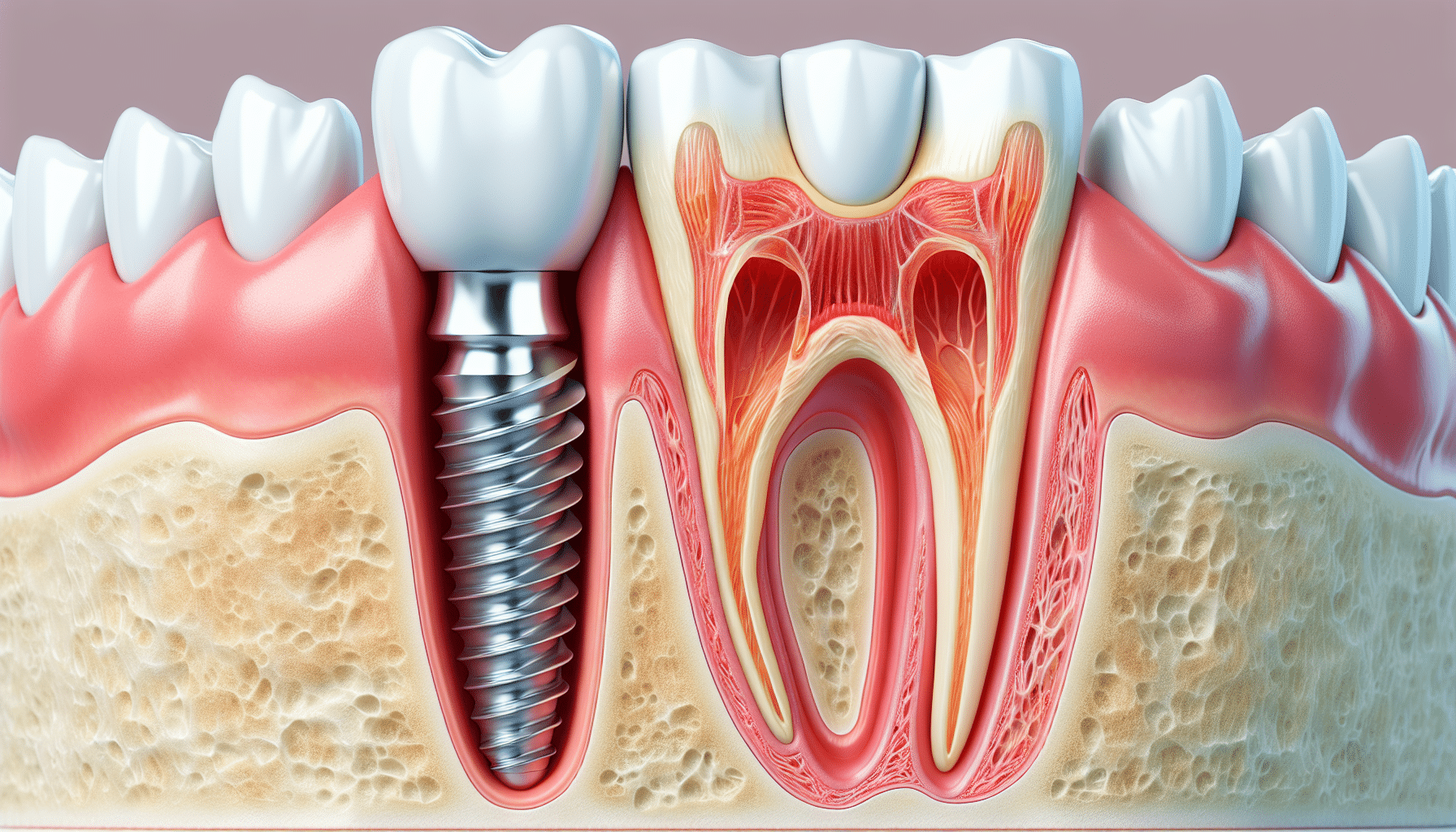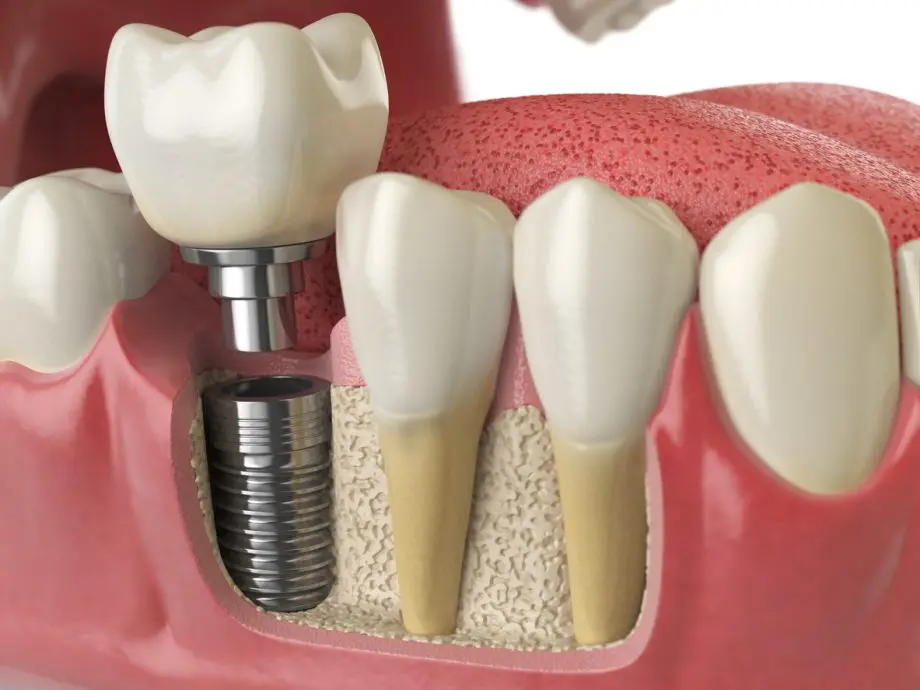Dental Implants And Dentures Walker MI - Dental Implants - Oral and Maxillofacial Surgery
Implants Dental Implants Muskegon Heights MI - Best Dental Implants
The journey towards dental implants begins with a thorough assessment of the jawbone's condition. When there is inadequate bone density to help an implant, discover this info here bone grafting turns into a vital procedure to recreate a stable basis. Understanding how much bone find this grafting is required for dental implants greatly influences the remedy plan, timeline, and overall success rate.
The amount of bone grafting required is decided by a number of components, including the extent of bone loss, the implant's measurement, and the specific location inside the mouth. In cases of serious bone loss because of periodontal diseases, trauma, or extended tooth loss, extra extensive grafting may be necessary. Conversely, if the bone loss is minimal, a smaller graft might suffice.
Implant Dental Grandville MI - Best Dental Implants
The evaluation course of usually entails imaging research similar to X-rays or 3D scans, allowing the dental skilled to visualise the bone structure (Cheap Dental Implants Grandville MI). These pictures help in figuring out the quality and quantity of present bone. If the bone is deemed insufficient, the dentist will then define the appropriate grafting procedures
Grafting can be sourced from varied areas. Autografts, which involve harvesting bone from the patient's personal body, are sometimes deemed the gold standard. These provide wonderful integration with the existing bone however come with the downside of further surgery. Other choices embrace allografts, which use donor bone, and artificial supplies designed to mimic natural bone. Each choice has its own implications on therapeutic and success rates.
After figuring out the necessary quantity of bone grafting, the dental professional will create a tailor-made plan for the patient. This plan might include the timing of bone grafting in relation to the implant placement. In some instances, a graft can be performed concurrently with the implant surgery. Alternatively, in more sophisticated scenarios, a separate therapeutic period is indicated.
Healing timelines differ primarily based on the individual's health, the extent of grafting, and the sort of graft used. Generally, the healing of a bone graft takes a number of months before an implant may be placed. During this time, bone regeneration happens, resulting in a secure base for the implant.
Affordable Dental Implants Near Me Grandville MI - Dental Implants
Patients often wonder about the risks associated with bone grafting. While issues similar to infection or graft failure are attainable, these events are relatively rare. Adhering to post-operative care instructions and attending follow-up appointments reduce risks and promote therapeutic.
Once the bone has adequately healed, the dentist assesses the graft's success by evaluating the bone density and stability. If every thing seems favorable, the subsequent steps toward placing the dental implant can start. The success of this subsequent step largely hinges on the standard of the bone graft and its integration with the encompassing bone.
Cost considerations play an essential role in the decision-making process. The expense of bone grafting varies based on materials used, the complexity of the case, and geographic location. It is essential for patients to debate funds upfront to keep away from sudden bills later in the treatment.
Affordable Dental Implants Near Me Holland MI - Dental Implants: Surgery, Advantages, Risks, & Insurance
Also, patients should have sensible expectations regarding the timeline and outcomes. Many elements can affect how much bone grafting is required and its overall effectiveness. A collaborative strategy involving the affected person and the dental team not solely ensures readability but also enhances the probabilities of a profitable outcome.

Maintaining good oral hygiene and common dental visits following the process is vital. These practices can prevent problems and make sure that each the graft and the implant remain steady over time. The ongoing relationship with a dental professional is essential, especially in the months following the procedures.
In conclusion, understanding how a lot bone grafting is needed for dental implants encompasses a multi-faceted strategy that considers bone quality, grafting sorts, healing time, and general affected person health. The balance between attaining the specified aesthetic and functional outcomes whereas minimizing risks and issues is at the heart of dental implant procedures. The journey could also be intensive, but a well-planned strategy maximizes the possibilities for a profitable, long-lasting result in restorative dental work.
- Determining the amount of bone grafting required for dental implants typically hinges on the preliminary bone density and volume of the patient's jawbone.
- Each affected person's case is exclusive; components such as previous extractions, periodontal disease, or trauma can affect the necessity for grafting.
- A 3D imaging scan is often conducted to assess the precise dimensions of the obtainable bone and inform the grafting technique.
- The type of dental implant placement—immediate or delayed—may dictate the amount of bone grafting necessary for stability and integration.
- Different kinds of graft supplies, corresponding to autografts, allografts, or synthetic options, can influence how much grafting materials is required.
- Assessing the affected person's total health, age, and life-style habits can have an result on the healing process, influencing graft volume requirements.
- The depth and placement of the implant can necessitate varying amounts of graft material to secure optimal outcomes.
- Successful integration of the dental implant typically relies on enough bone density, resulting in a tailor-made grafting method for every particular person.
- Consultation with an oral surgeon will present a clearer estimate of the bone grafting wanted primarily based on complete evaluations and imaging outcomes.
- Post-grafting therapeutic time varies; thus, a cautious evaluation is important to find out the final amount of grafting required for successful implantation.undefinedHow much bone grafting is needed for dental implants?
Dental Teeth Implants Jenison MI - Affordable Dental Implants
What is bone grafting and why is it needed for dental implants?undefinedBone grafting is a surgical process that adds bone or bone-like material to the jawbone. It is necessary for dental implants when the existing bone is insufficient to help the implant, making certain stability and long-term success.
How do I know if I need a bone graft for dental implants?undefinedYour dentist or oral surgeon will evaluate your jawbone through x-rays or 3D imaging to determine its density and quantity. If they discover that you lack sufficient bone, they'll suggest a bone graft before proceeding with the dental implant.
Implants Dental Near Me Wyoming MI - Dental Implants - Conditions & Treatments
What factors affect the quantity of bone grafting needed?undefinedFactors embody the scale and location of the implant site, the health and density of present bone, and individual therapeutic capacity (Dental Implants Grandville MI). These parts help the dentist decide the appropriate quantity of graft materials needed
Are there various sorts of bone grafts used for dental implants?undefinedYes, there are several sorts, including autografts (from your personal body), allografts (from a donor), xenografts (from animals), and artificial graft materials. Each type has distinctive benefits and may be chosen based on individual affected person needs.
Dental Implants Muskegon Heights MI - Dental Implants Procedure: What to Know
How long does the bone grafting process take?undefinedThe duration varies based on the complexity of the grafting process and the extent of the area treated. Generally, a bone grafting procedure can take anyplace from 30 minutes to some hours, relying on the precise circumstances.
What is the recovery time after a bone graft for implants?undefinedRecovery times can differ, but typically, initial healing may take a couple of weeks, whereas full integration of the graft with the bone can take several months. Your dentist will provide a personalized timeline based on your scenario.

Will I experience pain after the bone grafting procedure?undefinedSome discomfort is widespread after a bone graft, nevertheless it's typically manageable with prescribed pain medicine. Most sufferers report that pain diminishes considerably inside a few days.
Dental Implants Near Me Holland MI - Dental Implants - Top Oral Surgeon
How does bone grafting affect the overall dental implant timeline?undefinedBone grafting could extend the overall timeline for receiving dental implants, as it requires a therapeutic period before implants can be positioned. This can add a quantity of months to the method however is crucial for a successful implant placement.

Are there risks associated with bone grafting for dental implants?undefinedLike any surgical procedure, bone grafting carries some risks, corresponding to infection, graft failure, or issues related to anesthesia. However, when performed by an skilled professional, these risks are usually low.
Can I even have dental implants positioned immediately after a bone graft?undefinedIn many cases, dental implants can't be placed immediately after a bone graft due to the need for the graft to integrate into the existing bone. However, some techniques, like immediate loading, could permit for this under particular conditions. Your provider will advise you on the finest option based in your circumstances.